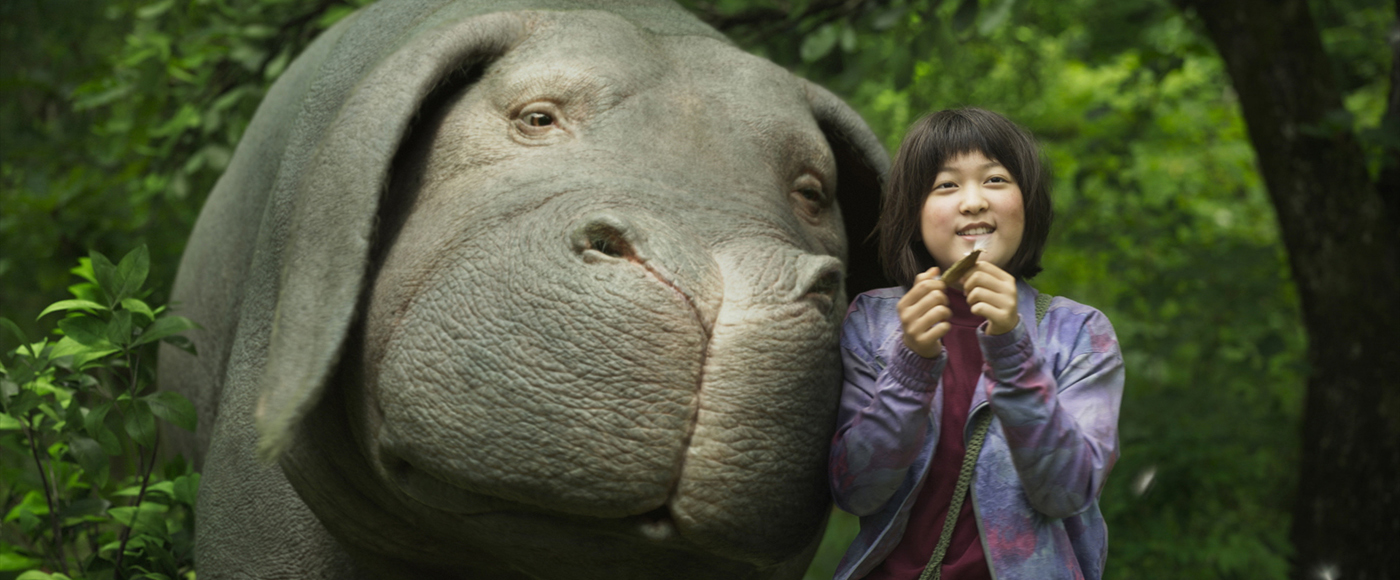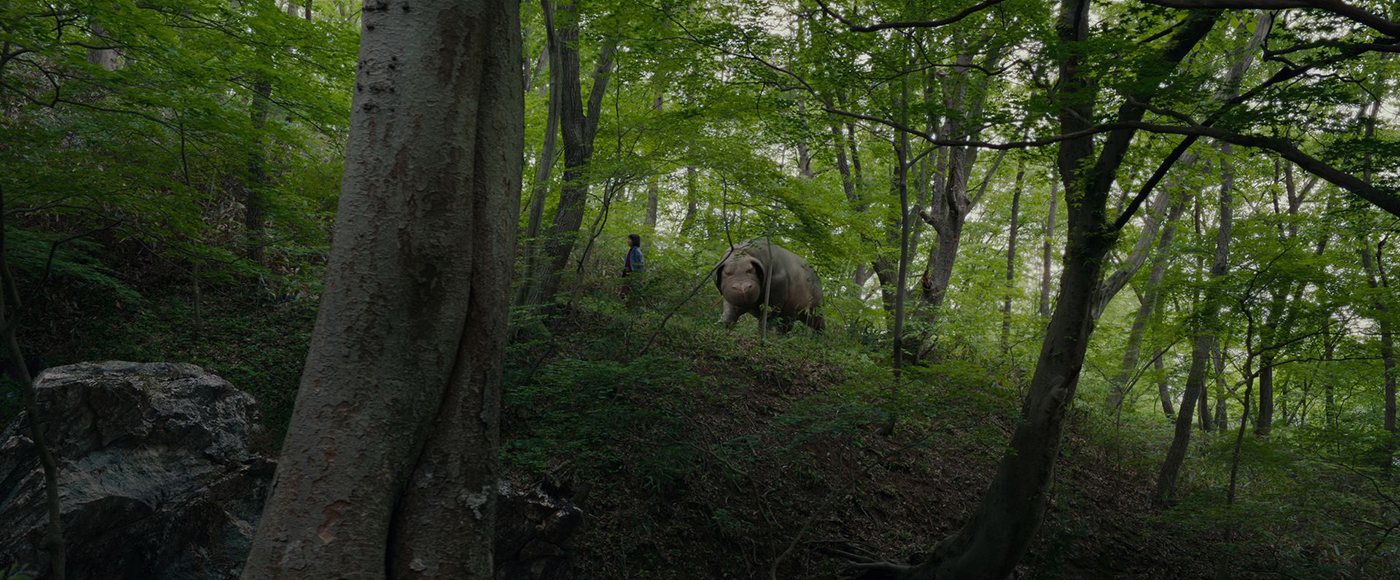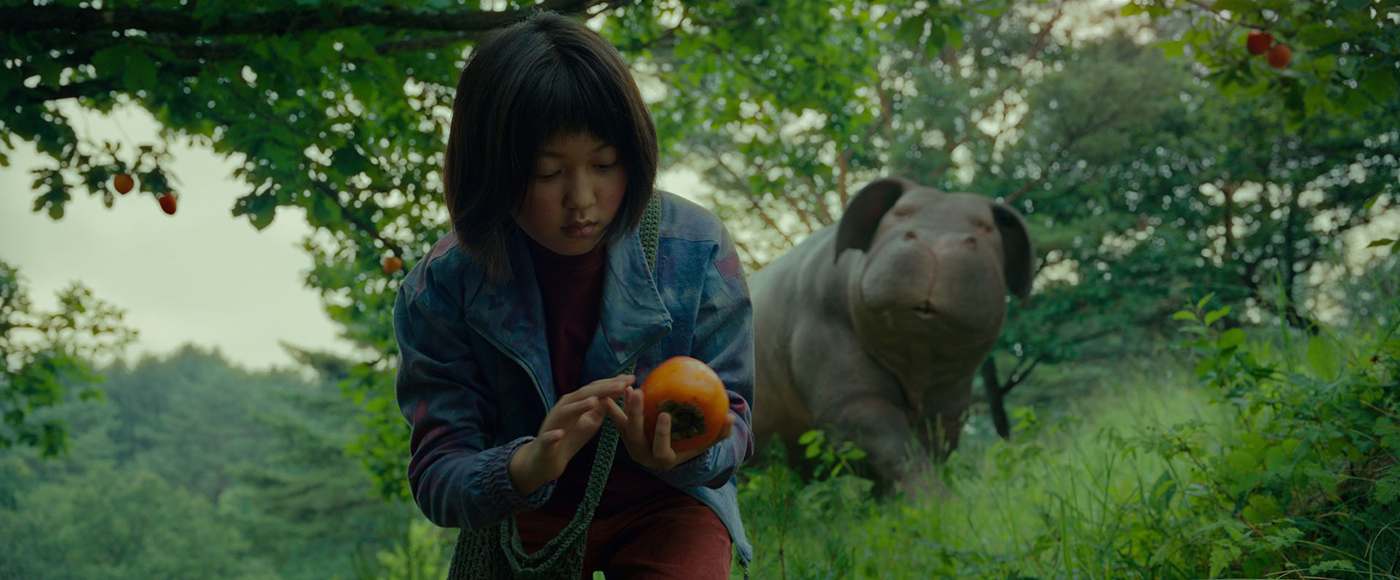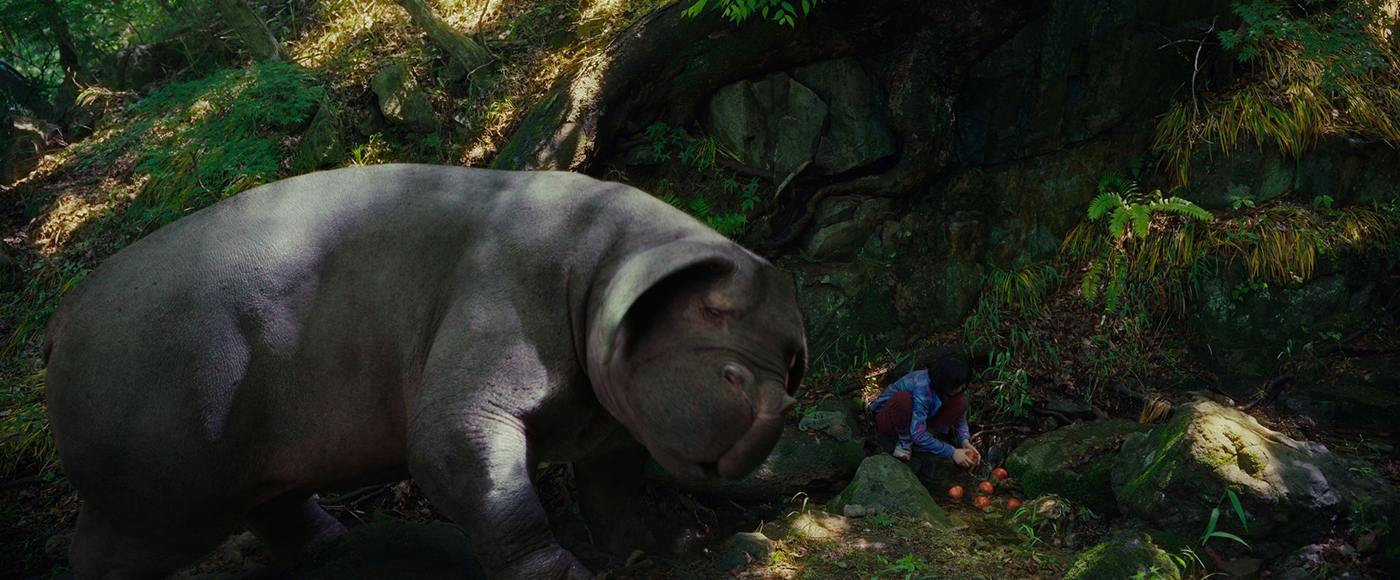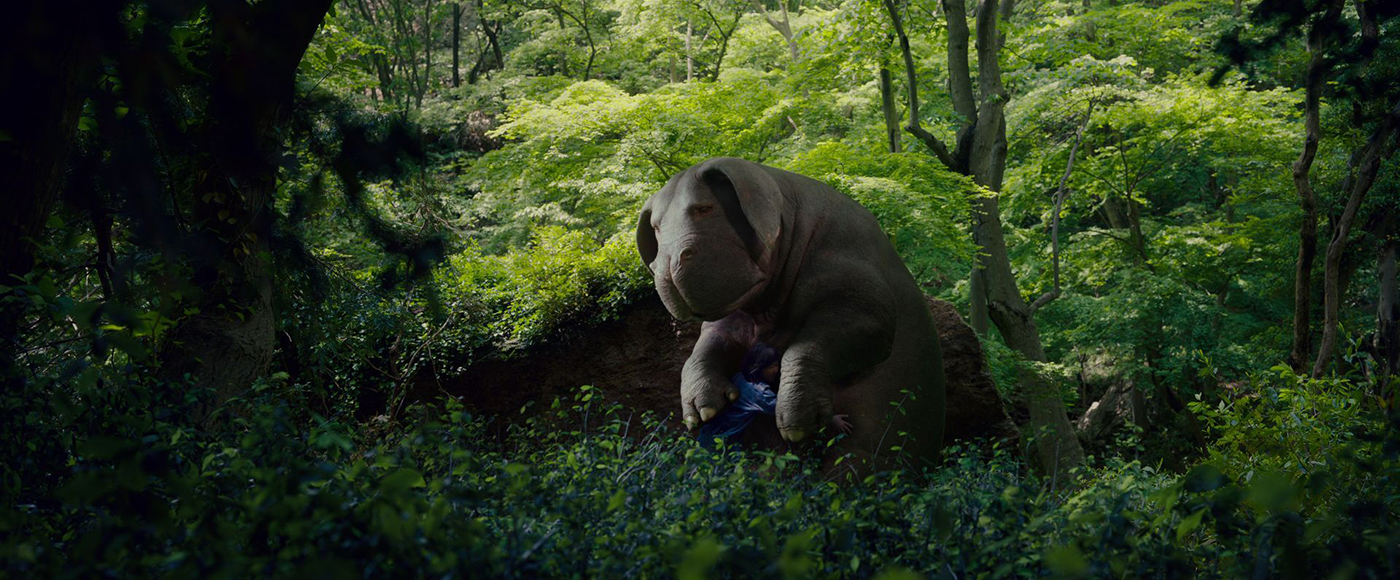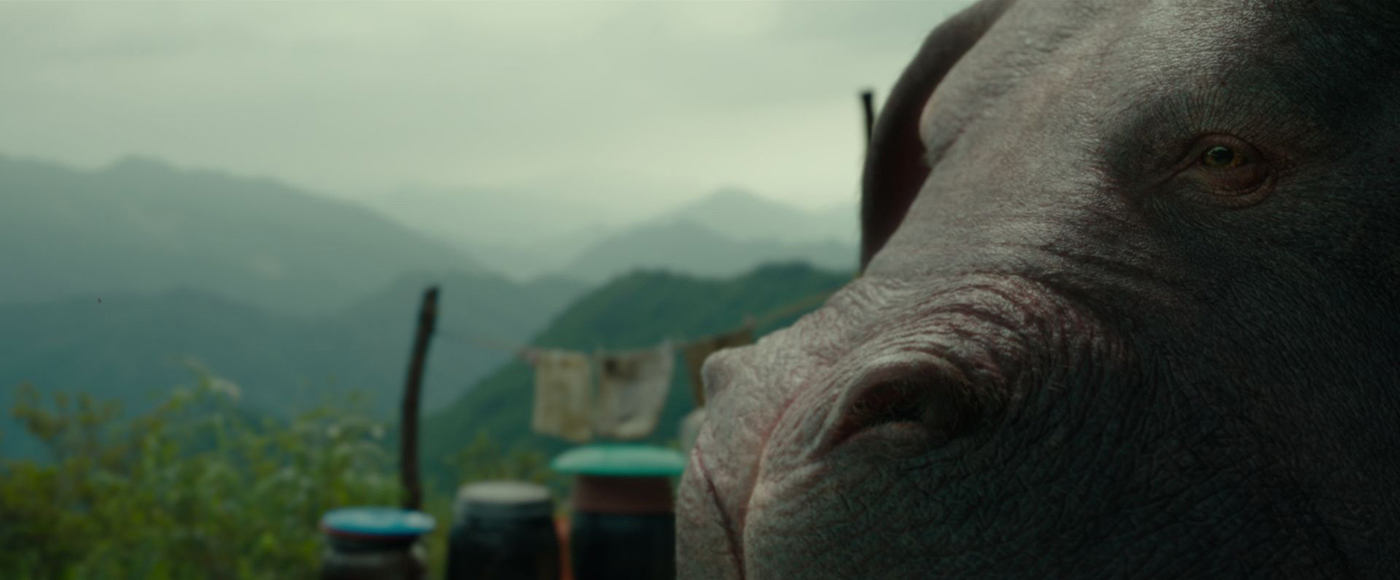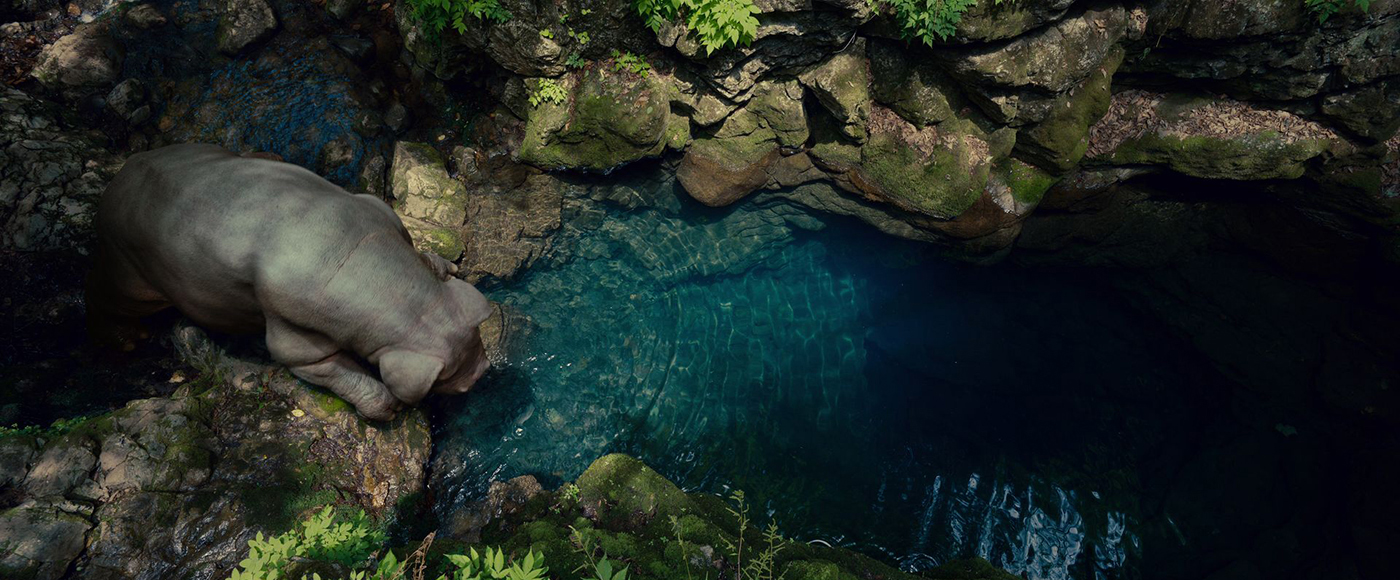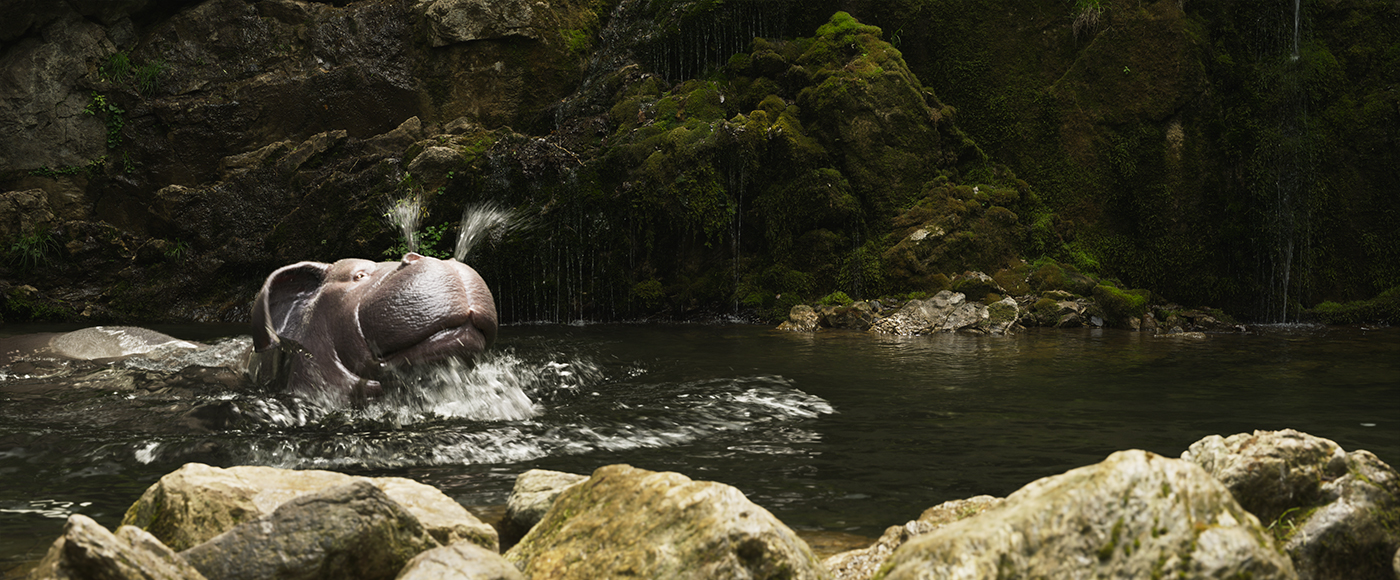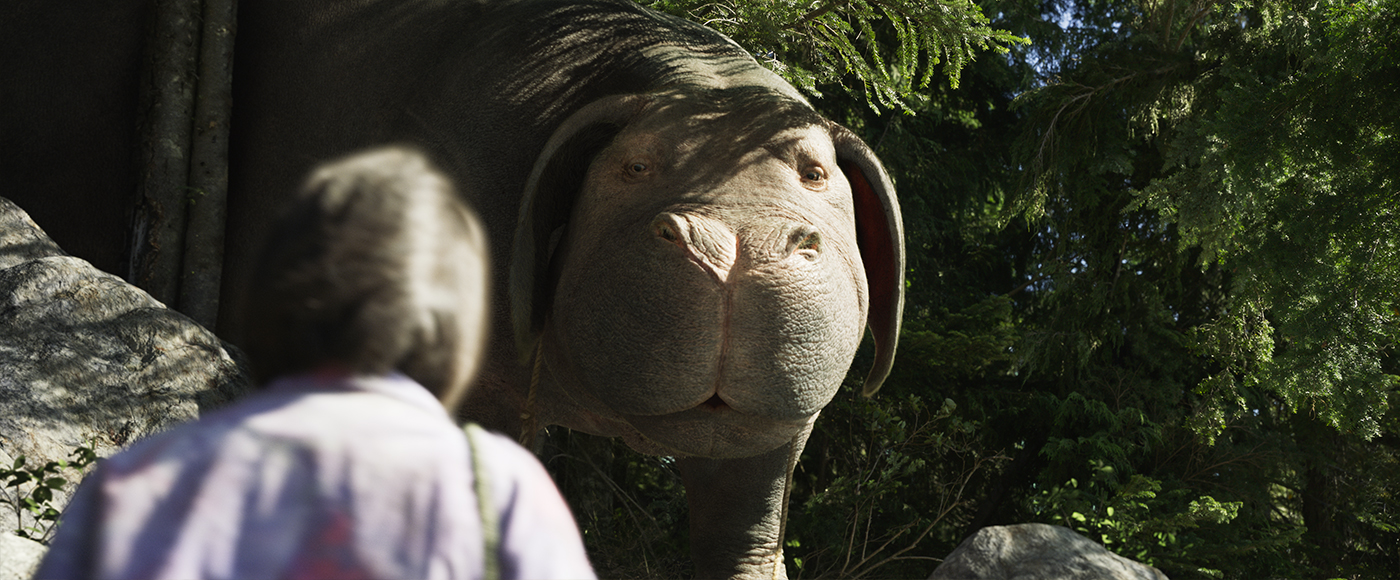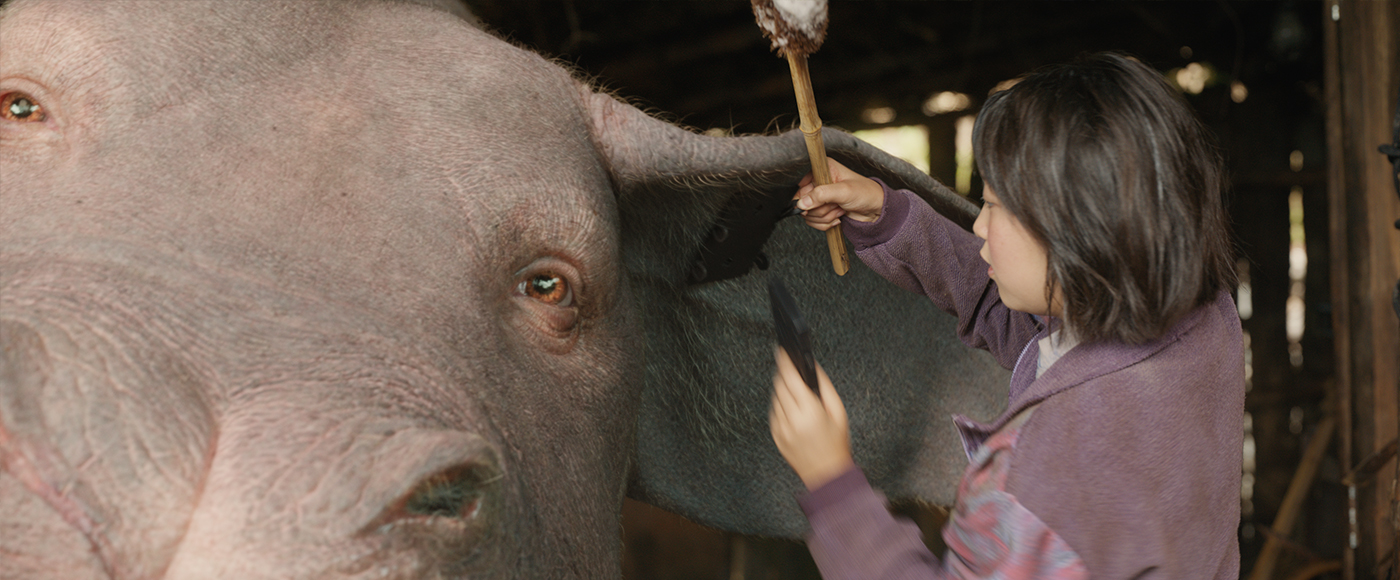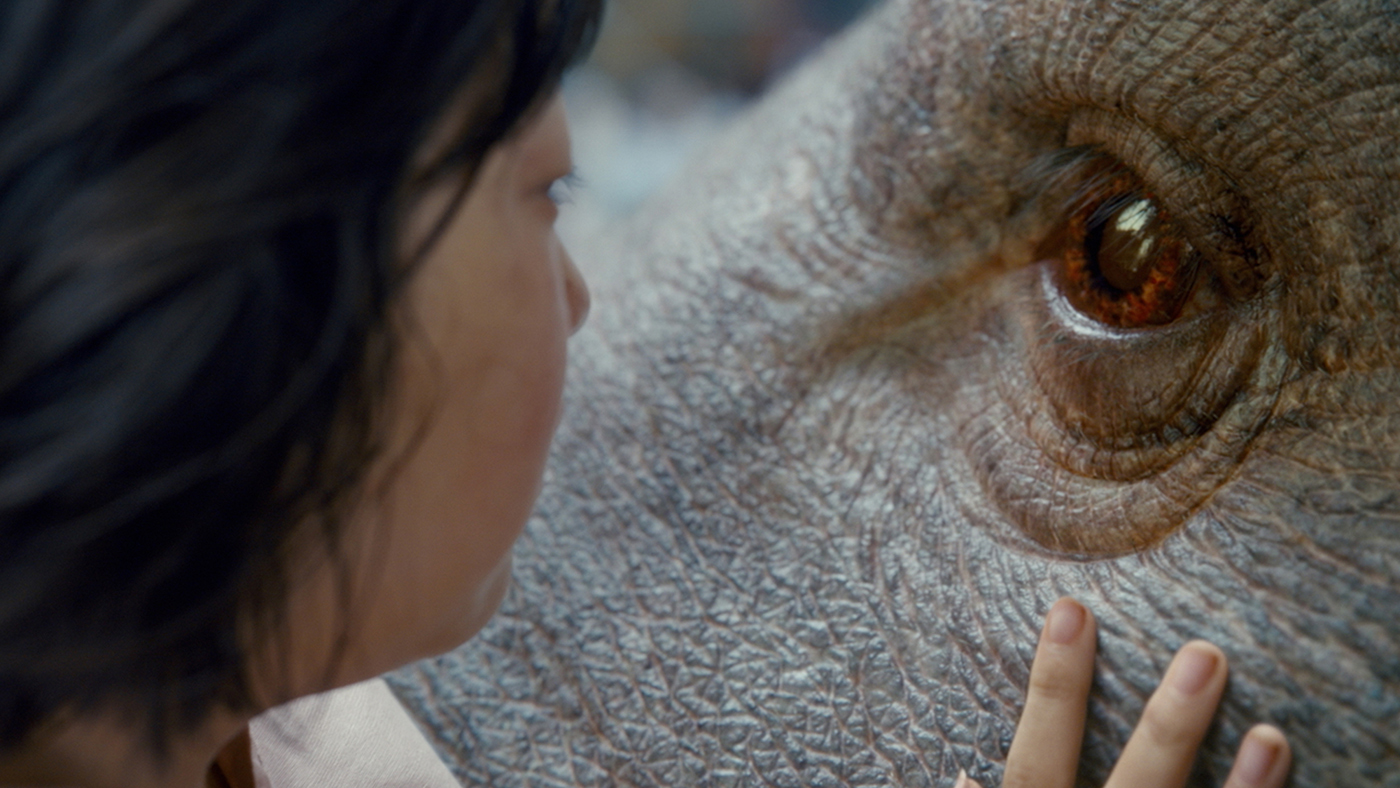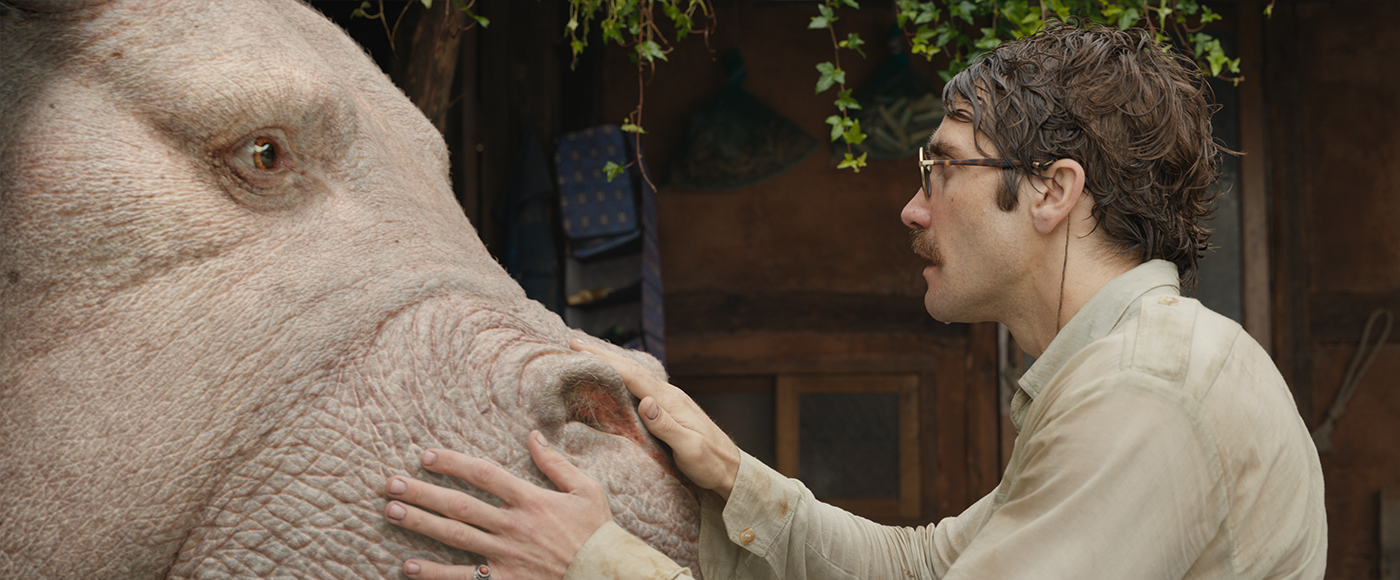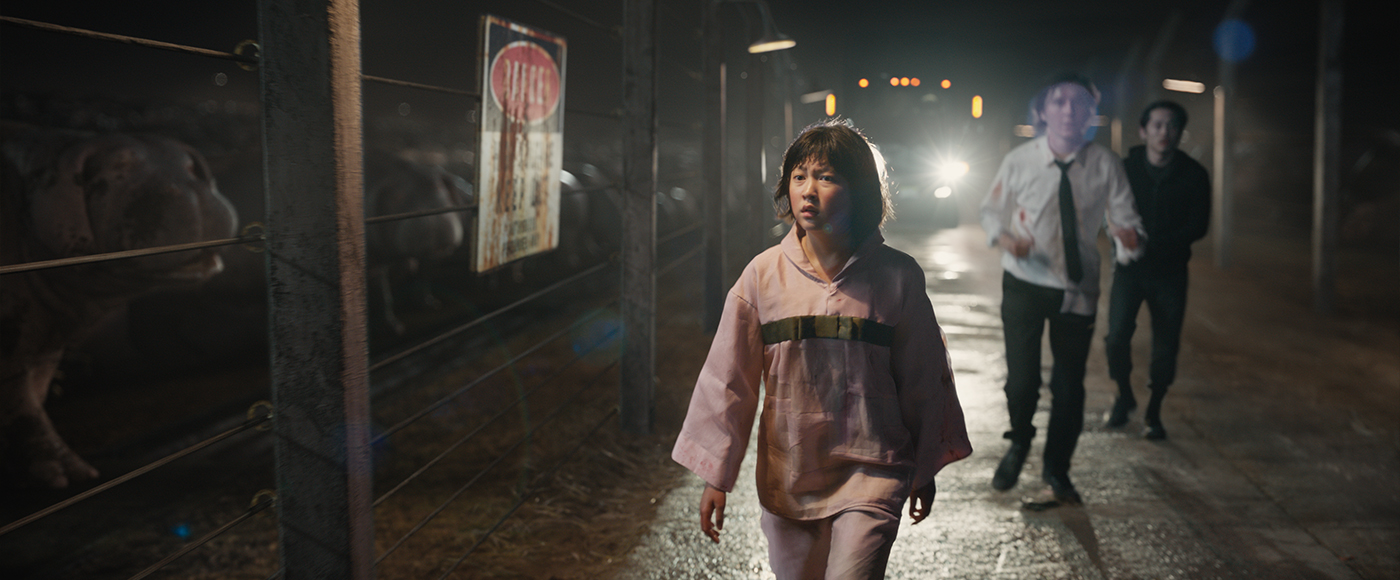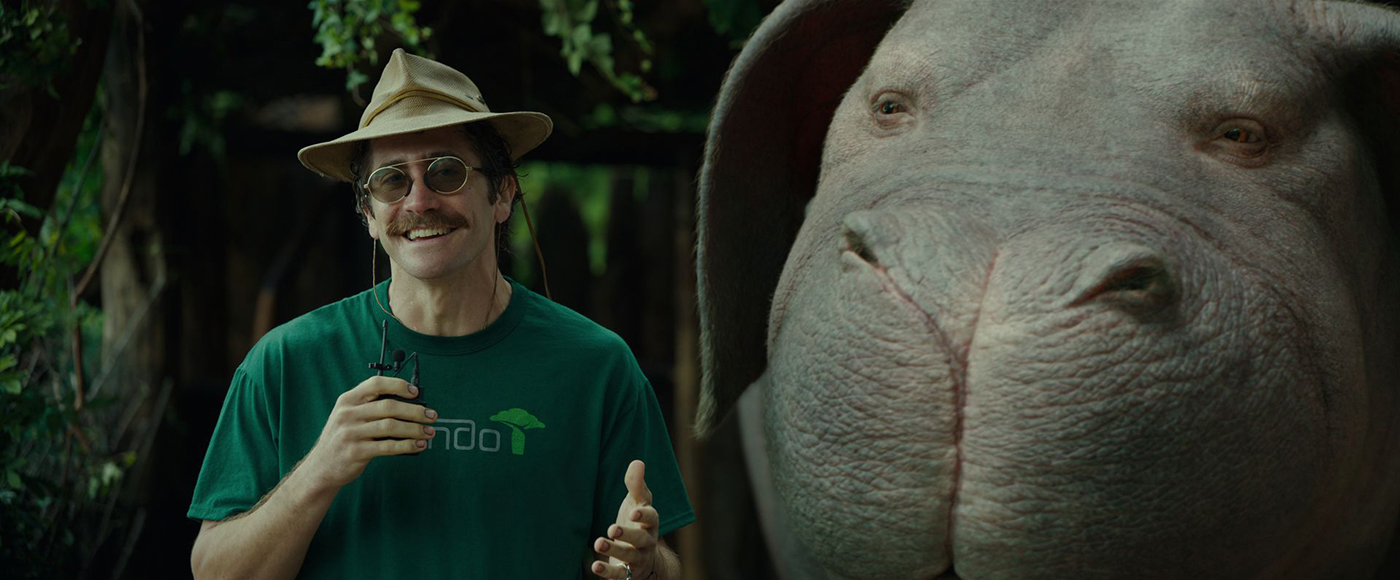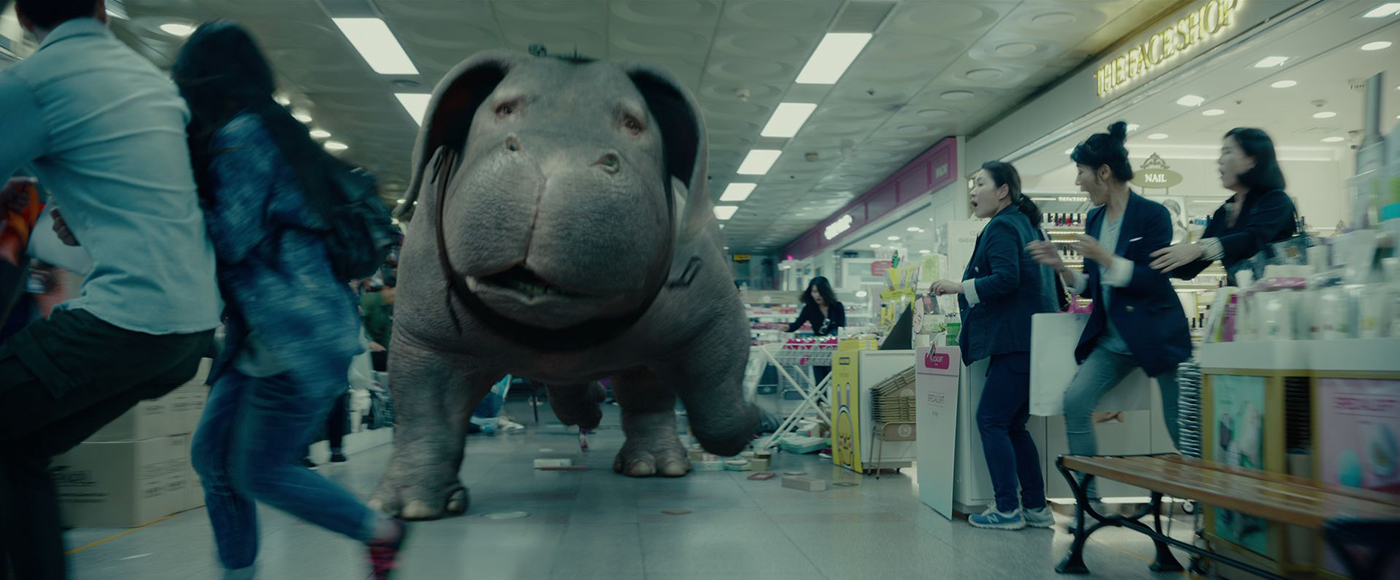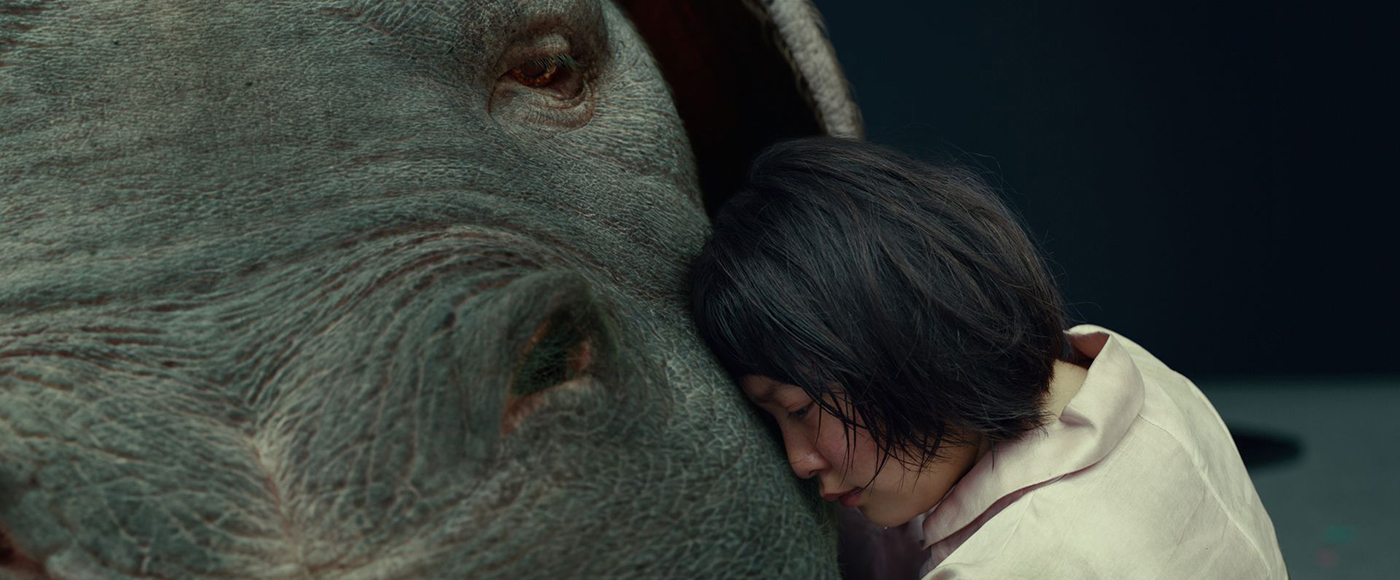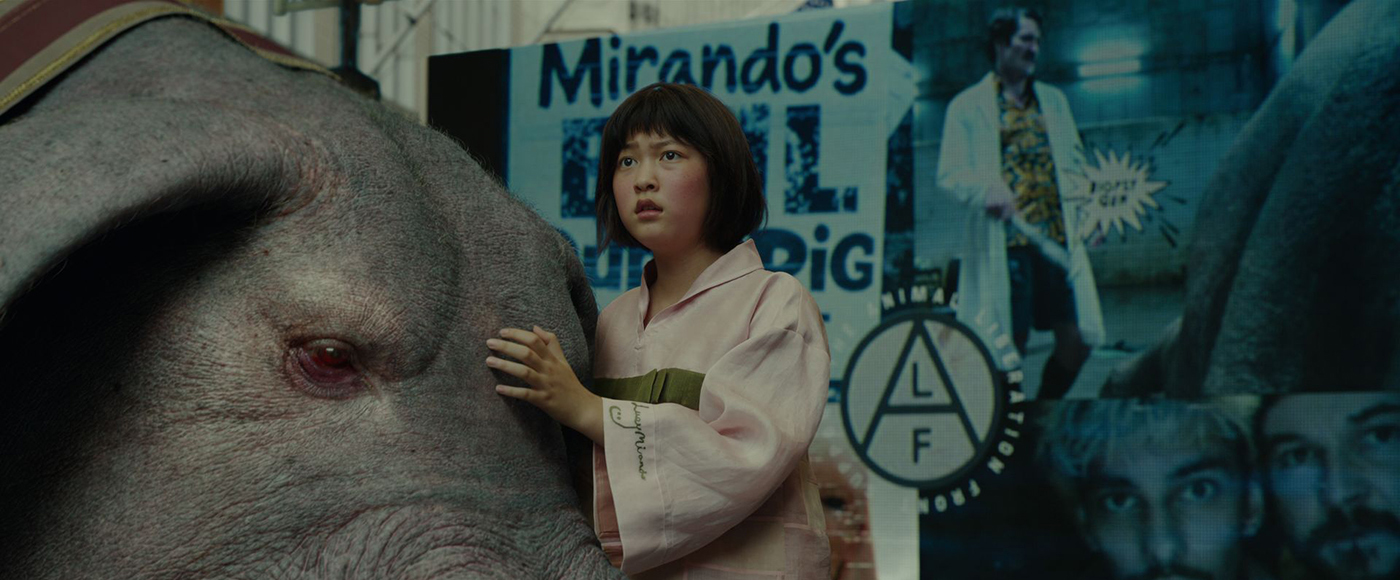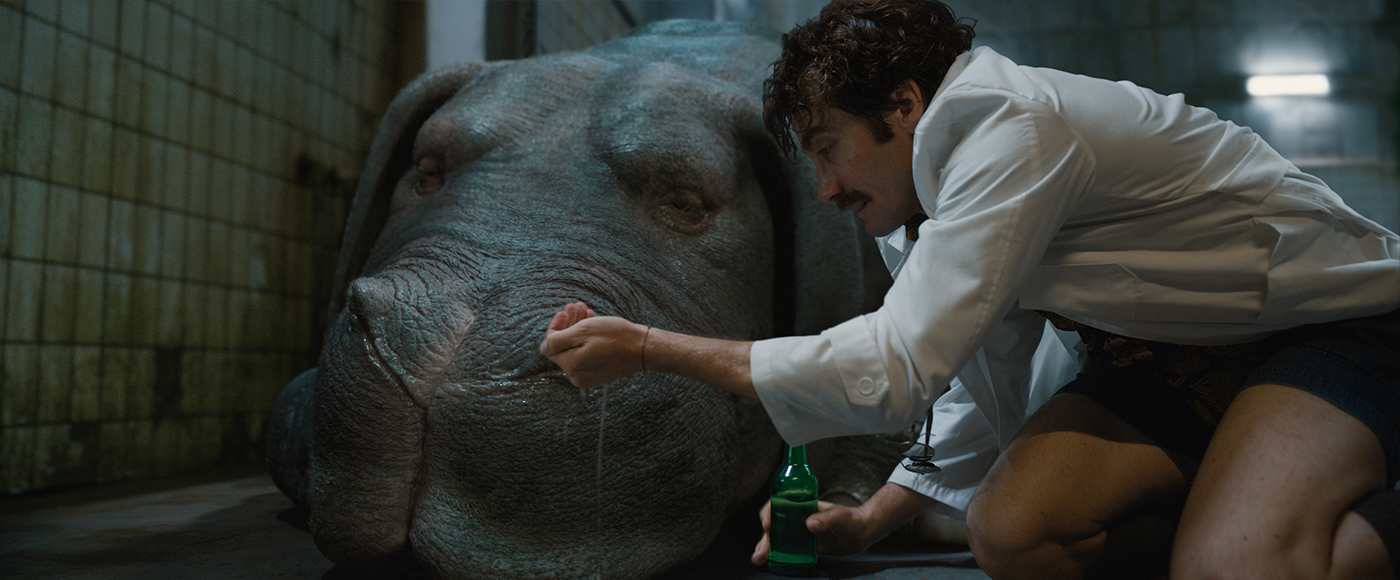Erik-Jan de Boer began his career in the VFX at MPC in 1989. He then worked at Rushes before joining Rhythm & Hues in 1996 where he worked more than 16 years as an animation supervisor. In 2013 he won an Oscar for Best Achievement in Visual Effects for LIFE OF PI. He then joined Method Studios.
What is your background?
I started using computers for textile print designs and pattern layouts as a fashion student at the University of the Arts in Utrecht, The Netherlands back in 1986. Soon I was more intrigued by that tool than the product I was trying to create and I switched to study Image and Media Technology, a new faculty. I got an internship (and my first job in the industry) at the Moving Picture Company in 1989, then moved to Rhythm & Hues in 1996, before joining Method Studios in 2013.
How did you and Method Studios get involved on this show?
Method VFX Supervisor Dan Glass introduced me to Director Bong at the end of 2014. They knew each other from the work that Method had done on SNOWPIERCER. Bong showed us his initial Okja concept work but was not ready to share his script yet. We discussed working with a child actor and what we could do to portray the relationship between Okja and Mija as emotional and realistic as possible.
How was the collaboration with director Bong Joon Ho?
The collaboration with Bong was great, he understands the VFX process and his direction was clear and consistent. He was always open to our ideas and trusted us to finish the work as we had planned and discussed. He is a super nice guy and it really was a fun and smooth ride.
What was his approach and expectations about the visual effects?
We received the script in April of 2015 and reading through it I realized that Bong had taken our initial discussions to heart. Mija and Okja were in close contact throughout the story. Mija slept on top of Okja, she was inside her mouth brushing Okja’s teeth, pulled herself up by Okja’s ears, rode on top of Okja, the list kept going. The interaction work was going to be incredibly ambitious. I felt some (healthy) fear and a lot of excitement.
What are the sequences made by Method Studios?
Method did all the Okja hero creature work on the movie.
How did you organize the work at Method Studios?
All the Okja work was done by the Method Vancouver facility.
How did you work with the art department to design Okja?
The original design was done by creature designer Hee-Chul Jang. He created an Okja sculpture that we used for an initial scan. Once we had her digitized and cleaned up, we invited Hee-Chul to Vancouver to kick off the build process with our creature modeler Paolo Welter. After seeing our initial model under various lighting scenarios, we played with her scale and proportions a bit. We mainly just altered ear size, feet structure and her tail; the final design is very true to the original concept work. Bong was always very confident in the design, never doubted it.
Can you explain in detail about her creation?
Okja is a GMO animal, specifically designed to produce a lot of consumable meat so we amplified the fat and musculature; she had to be substantial, but not as grotesque as you see on a Belgian Blue for example. She also had to be appealing. To make the audience care about her, we needed her to be pretty in her own huge pork way. We did this mainly by reducing the lips and going for more canine jowls and prettier teeth. We also added hair and fuzz that was not part of the original concept, but allowed us to get some softness and youth out of her.
Can you tell us more about her rigging and animation?
As always, we build our creature from the inside out: the usual setup of skeleton with muscle rig and several skin sims blended. But this time around I was not necessarily looking for the perfect, anatomically correct solution. We were looking for the surprise shapes and looseness we saw in our reference but without locking ourselves into long expensive sims that could not be art directed.
So we turned our R&D a bit upside down and specced out how we wanted our shot production workflow to be. Faster sim iterations and the ability to art-direct at the muscle level was key. We also needed to be able to tweak individual shapes, flex strength and dynamics. We ran auto fire flexing scripts but the animators had the ability to keyframe on top.
The creature team, supervised by Edy Susanto Lim, did a great job building this technology and we had a strong tech animation team led by Elise Deglau and Thomas Girdwood running our sims and dealing with all the incredible complex skin contacts.
Did you receive specific indications or references for the animation of Okja?
Yes, this is a hybrid creature and the animators got a lot of inspiration from various sources in nature, mainly hippos and elephants for locomotion. Bong had one specific piece of footage of a hippo trotting out of the water onto a riverbank that he felt really displayed the proper gait for Okja. But for some shots the trot got too prancy and did not give us enough speed so there are a few shots where she breaks into a more heroic gallop. All Okja animation was key-framed and the team did a great job getting the mass and heft into her performance.
For her facial performance, we looked at a lot of canines. Tilda Swinton’s dogs were very useful and we also had some great reference from a Beagle that I know, Jack. The Beagle had the perfect proportions, floppy ears and even demeanor for Okja reference.
There is a lot of interactions between Okja, the actors and the sets. How did you manage that on-set?
We wanted no contact restrictions so we needed solutions that could handle improvisation and happy accidents. We had to be smart about the props we built to capture the correct physicality on set, which included everything from subtle caressing to hard pulling, pushing and shoving. We also wanted to shoot everything on location for the best integration possible so our props had to be robust and travel well. They also had to be light enough to puppeteer yet heavy and big enough to provide the forces and overall physicality we needed.
In prep we worked with a Korean company called Cell and their supervisor Tae Long Kwak. We specced out all the props (we called them stuffies) and they did a cool job converting our CG models into flat laser cut foam panels that they glued into very accurate 3D shapes: big Okja puzzles! The density of the EVA foam was reinforced or softened in certain areas to account for the correct compression and friction we needed. This way we created an arsenal of 25 stuffies that ranged from generic shape and size reference to very specific unique solutions for actions like the tooth brushing rig or the roll rig we used for when Mija sleeps on top of Okja and she turns over.
For each setup, Method Animation Supervisor Stephen Clee and a team of stuffy PAs would puppeteer these props. Steve is a great animator but also a great athlete, which was necessary as the work was physically very challenging. I would be with Bong at the monitor, with Steve in front of the camera; we really had a great setup. It also gave us great continuity with the shot production work as Steve now had intimate knowledge on each shot from his on-set work and could very convincingly relay that direction to the animation team.
How did you recreate the various sets and locations?
For the shots with Okja walking and rolling through the brush, the FX team, supervised by Lele Berti, created full CG foliage elements. They also did extensive Houdini water sim work for scenes where Okja is walking through and swimming in the ponds. For the big crash in the underground shopping mall, we built a section of the mall on a soundstage so we could crash a minivan into the store. That was a pretty spectacular shoot. For the scene where Okja saves Mija on the cliff slope, things got a bit more complicated. We had scouted a cliff in Korea but, because of safety and scheduling reasons, did not end up shooting there. Later in Vancouver, we shot plates on top of Grouse Mountain, but Bong was not very happy with the look of that location so we decided to build a full CG rock environment. 4th Creative Party in Korea did the Mija dangling, forest and cliff face shots while Method took care of the Okja shots on top of the cliff.
Can you tell us more about the interactions between Okja and Mija?
In my initial meetings with Bong, we talked a lot about what we could do to help An Seo Hyun deliver a convincing performance against the inanimate pieces of foam we would have to use on set. I really felt that the VFX department could help her feel comfortable so we did a few things. First, we always had Steve Clee puppeteer Okja so there was always a friendly familiar face for An Seo Hyun to work with. We also stayed as much as possible in character with Okja. For our more complicated setups, we would first rehearse with Mija’s stunt double to test our stuffy approach. Very often we had to make adjustments to our props for comfort, safety and performance. On some setups things got very tricky. We would switch props halfway through takes and the choreography and timing cues could get very involved. With everything dialed in, we would rehears with An Seo Hyun herself. We would find a quiet parking lot or stage corner and tape the location dimensions on the floor. We would then run through our setups until we all understood what we had to achieve. This really helped us to focus on the Mija/Okja relationship when we also had to deal with noise, traffic, schedules, extras, etc.
How did you handle the challenges of the eyes?
We took some liberties with the brows, implementing a typical brow ‘pillows’ setup that you see on canines. This allowed us to emote with them more strongly while still keeping it (fantasy) animalistic. We also added eyelashes to make her more feminine and gentle. These lashes were driven by geometry so we could pose them in animation based on our camera angle.
Geometry was added to the rig so we always had a moist meniscus rendered into the skin/eyeball contact areas. In some very close up hero shots, we actually did some FX fluid sims to help with that. The shader allowed us to control the level of bloodshot and eye corner gunk, and we did complex subsurface work on the thinner skin membrane underneath the eyes to show the different quality of that skin. For some of the extreme close ups, we shot reverse angle reflection plates to make sure we had a valid reflection at the right quality.
In animation, we played the usual dilation tricks to always have some life in the pupils and we were very conscious of the convergence on this huge, front-facing animal with a big inter-pupillary distance. Looking at closer objects made her cuter with a little cross-eye. Based on eye direction, the rig had some auto skin tug built in but the animators had controls to tweak that when required. At the bottom of our deformation stack, we added a strong asymmetrical blend shape on the whole face that was applied on top of our mirrored build. This knocked both eyes off a little bit and added strongly to the pork’s appeal.
Okja is seen through a lot of various lighting conditions. How did you manage this aspect?
For each setup, we grabbed the usual HDRI and ball passes. We also tried to LIDAR as much as possible so we could mimic the geography closely in our V-Ray renders. Using this data, our lighting supervisor, Christian Emond, and his team did a great job matching the on-set conditions and look. With her mid-grey skin tone and brighter stomach, Okja could be pretty tricky to dial in sometimes, but the early shots of the Korean countryside and forest work with the softer light look especially great. Okja is a huge shape in each shot and matching the gobo motion, quality and shape was a real challenge.
The shader work from our lookdev lead Casey Rolseth was very sophisticated and allowed the team to easily adjust the pig to the scene. Variables for tears, sweat, scars, bruises, dust and dirt levels, wetness, etc. were available for each section of the body, with presets dialed in by Christian for all sequences and adjusted by the lighting artists for every shot.
Because of Okja’s huge size, we had to make sure that the photographed plate had the proper shading built in. We knew that we would never achieve that on the set or terrain but that was relatively easy to add after the fact. We had to make sure though that we shadowed/occluded our actors properly so that it appeared there was a huge shape nearby; getting that wrong would be harder to correct down the line. Most of the time our stuffy shape took care of that but we also had flags that we would puppeteer in cases where it was necessary.
Later in the movie, we see lots of super-pigs. How did you use the Okja asset to create them? How did you manage the crowd animation?
The feedyard sequences were a whole different beast. All pigs close to camera were treated and animated as hero assets by the animation team, who also created the many base cycles for the crowd sims.
Because we had a very good idea of the parameters for the sequence, we decided to bypass our usual crowd pipe and build a more direct solution. Lighting Lead Stefan Braun and Animation TD Alan Camilo got together and mocked up a system that allowed us to interactively design and view our crowd (up to 16,000 pigs per scene), update the animation proxy caches on the fly and smoothly source them as V-Ray meshes for rendering. It was really fun to see a small team deliver such an effective solution for a pretty daunting challenge.
We created about 20 pig variations. Bong had shared some reference frames of a herd of hippos standing in a wide river with caked mud on their backs, some were wet, others had dried out, and the light was playing on their backs forming a strong pattern. The graphic quality of that was something that really appealed to him so that was an important piece of inspiration for us. We also gave the crowd pigs six nipples, making Okja “truly exceptional” since she only has one!
All of these shots are almost full CGI, with only the cast and sections of the road photographed. 4th Creative Party created the background slaughterhouse element.
With such a detailed creature, how did you handle the rendering aspect?
The movie was shot on Alexa 65s at 6.5K, cropped slightly to remove the strongest vignetting and downressed to 4K, which was our final delivery resolution.
We built an asset that was going to be rendered in some serious close ups, and not just the eyes; we had close ups of every part of her huge body: feet, soles, udder, belly, neck and even the anus got its daylight extreme close up moment. This required strong displacement, subsurface, hair, pores, 104 UDIM tiles at 8K, etc. Our CG supervisor, Earl Paraszczynec, and Christian spent a lot of time with the asset and V-Ray to get our renders optimized, but with Mija being small and Okja big, the CG always covered a lot of screen space and the closer up, heavily motion blurred frames were, to be honest, painful. Earl implemented some great tile rendering tools, which allowed us to throw more CPUs on single frames. We got gorgeous crisp stable 4K renders, which we then diffused (sometimes heavily) to successfully marry the CG into the original photography.
What was the main challenge on this show and how did you achieve it?
It was definitely the amount of complex interaction work we did. All the close and prolonged contact we had put major demands on the work from all departments. The fidelity of the match move, rotomation, animation, techanim, paint and compositing work just had to be perfect, and that took a lot of focus, tenacity, elbow grease and long hours. Our comp supervisor, Pieter van Houte, and his team did an amazing job on the composting, getting all that subtle contact shadow to work and the final images at 4K just look stunning.
What is your favorite shot or sequence and why?
I really enjoyed seeing the traffic tunnel shots come together. Mija and Okja reunite, and Mija rides Okja out of the tunnel towards the traffic intersection. Mija was going to hang from Okja’s harness and we needed her to have a great percussive bounce. We used a Mija digi double for a small section in one shot but the rest is the only green screen element we used. Instead of a motion base, we built the ‘piggo poggo’. It was a huge pogo stick on a fixed stand that allowed us to control the cadence and amplitude. We rehearsed this several times with Mija and she had a great time riding it. These were very complex shots with CG cars and complex choreography, some of the first to start and last to deliver.
What is your best memory on this show?
So many great moments: hiking deep into the Korean national parks with our stuffies helicoptered in above our heads, shooting close to the DMZ with US Air Force F16s buzzing overhead, and shooting on Wall Street. It really was a special project with a good story attached to each shot. Ultimately, the most fun though is always had back in the studio during shot production, working with the team on pretty images.
How long have you worked on this show?
About 18 months.
What is your VFX shots count?
We delivered 230 Okja shots for a total running time of 35 minutes, averaging over nine seconds per shot. We had one shot close to a minute in length.
What was the size of your team?
140 great artists and production support team.
What is your next project?
Sorry, I can’t discuss that.
What are the four movies that gave you the passion for cinema?
THE ABYSS, BEAUTY AND THE BEAST (the ballroom scene), LE MARI DE LA COIFFEUSE and, of course the first movie I ever saw, “PETER EN DE VLIEGENDE AUTOBUS.
A big thanks for your time.
// WANT TO KNOW MORE?
Method Studios: Dedicated page about OKJA on Method Studios website.
© Vincent Frei – The Art of VFX – 2017


